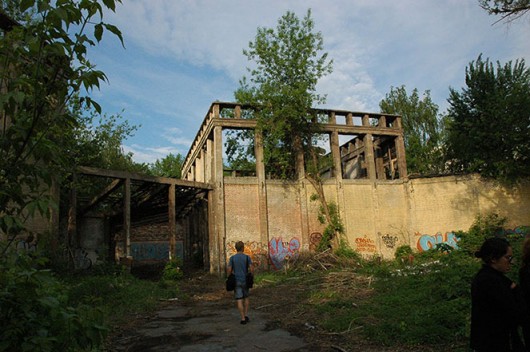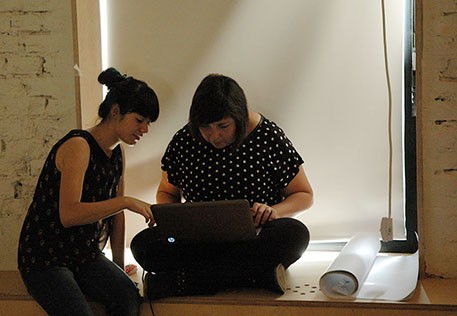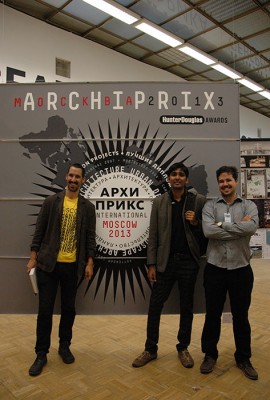At first glance, Gorky Park looks like a successful city park. On a hot sunny day, it's busy but not overcrowded. You see young people, older couples, mothers with children strolling along, sitting on benches or hanging in one of the many beanbags that are scattered all over the place. In the park you can find kiosks and small and large pavilions where you can sit and have a drink and a (expensive) bite. For small children there is a little fun fair, older children can hire inline skates, and the even older children can enjoy themselves with padelos.
But something seems not right in this picture. It sinks. Unlike most European city parks you don't see people play football on the grass. Activity is sponsored or have to be paid for.
The originally name of Gorky Park as it opened in 1928 was 'Cultural Complex in the Open Air'. It was set at the location where the All Russian Agricultural and Handicraft Industries Exhibition took place in 1923. Later the park became known as the Central Park of Culture and Leisure, where you could see exhibitions and enjoy a view of the city from a big Ferris wheel. Give into account the history of the park, it is not strange that there is some arranged activity, and that there are pavilions in the park. There are even quite a lot of pavilions in the park. New ones being build and old ones being extended, and extended. But how many pavilions can a park have before it flips from a public park to a privatised commercialised space with only public pathways in between?
Does Gorky Park reflects the Moscow of the new entrepreneurs, or can this commercialisation of public space still be stopped and turn the Moscow public space into a nice place for the inhabitants, as chief architect of Moscow Sergei Kuznetsov spoke of in his talk last Wednesday at the opening of the workshops?
More pictures of the new Gorky Park















